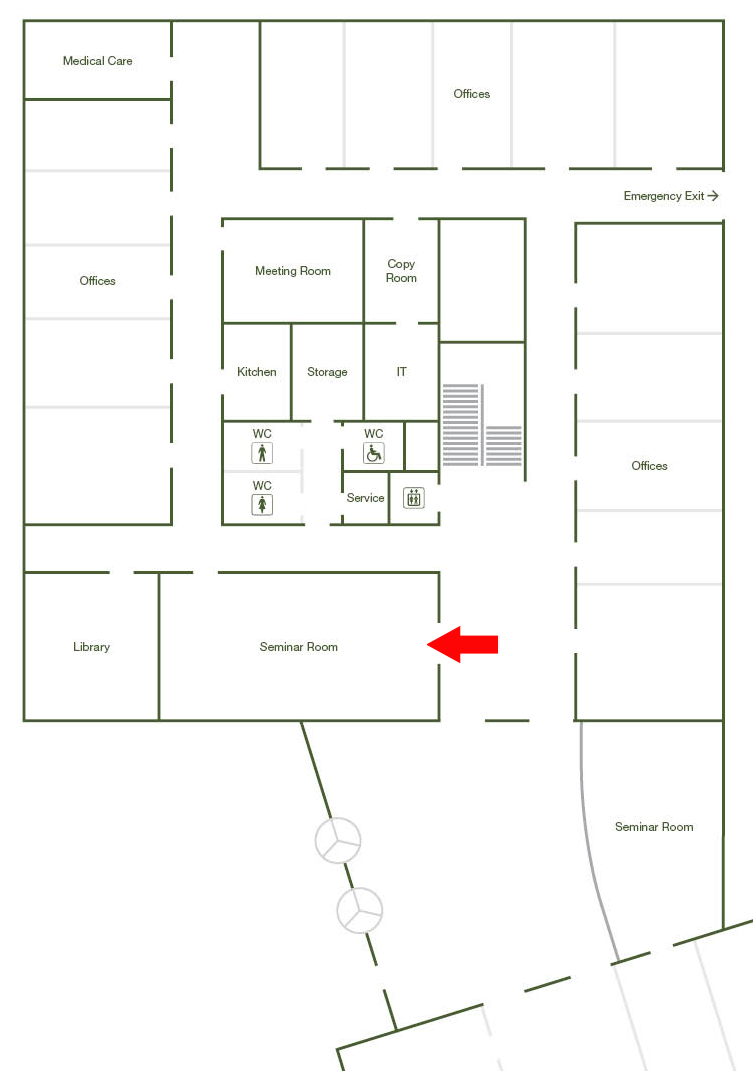Insights into the structures, mechanisms, and dynamics of large molecular assemblies from high-resolution cryo-EM
Date
Tuesday, January 22, 2019 10:00 - 11:00
Speaker
Greber Basil (California Inst. QB3)
Location
Big Seminar room Ground floor / Office Bldg West (I21.EG.101)
Series
Seminar/Talk
Tags
Life Sciences Seminar
Host
Leonid Sazanov
Contact
Url

Cryo-electron microscopy (cryo-EM) has experienced extremely rapid technological progress in recent years, establishing it as a key technique for the structure determination of biological macromolecules and their complexes. I will introduce these developments using examples from my own work. Subsequently, I will discuss recent insights into the architecture and function of the human transcription factor IIH (TFIIH).
TFIIH is critical for transcription initiation by RNA polymerase II and nucleotide excision DNA repair. The TFIIH core complex is sufficient for DNA repair and harbors the XPB and XPD DNA-dependent ATPase/helicase subunits. Transcription initiation additionally requires the CdK activating kinase subcomplex of TFIIH. We have determined the complete structure of the human TFIIH core complex at 3.7 resolution by phase-plate cryo-EM. The structure uncovers the molecular basis of TFIIH assembly, revealing how the recruitment of XPB by p52 depends on a pseudo-symmetric dimer of homologous domains in these two proteins. The structure also suggests a function for p62 in the regulation of XPD, and allows the mapping of previously unresolved human disease mutations.